The deep ocean, shrouded in mystery and intrigue, has long been the subject of myths and legends. From giant sea monsters to underwater civilizations, these tales have captured our imagination for centuries. However, modern science has revealed the truth behind many of these myths, shedding light on the real wonders of the deep. In this article, we explore some of the most fascinating myths about the deep ocean that science has debunked.
Myth: The Deep Ocean is Completely Dark
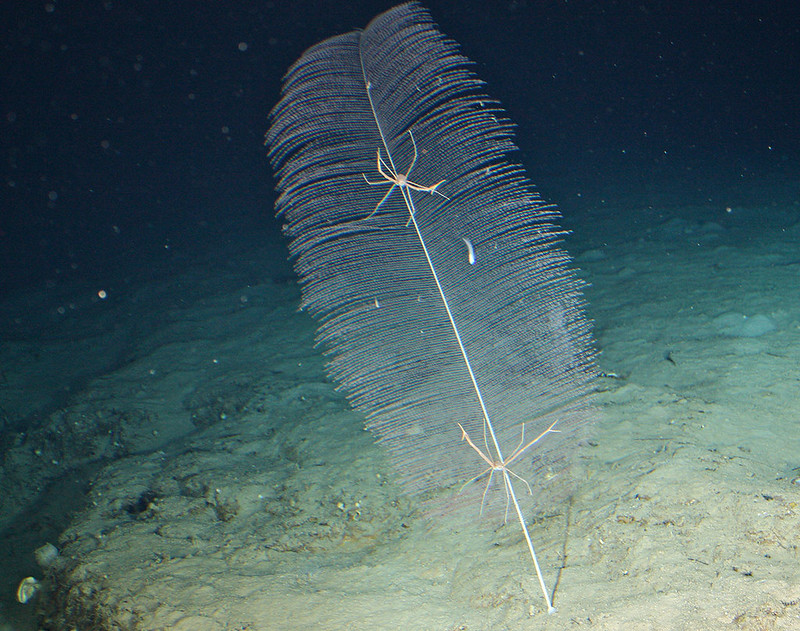
Debunked: While the deep ocean lacks sunlight, it isn’t entirely dark. Bioluminescent organisms produce light through chemical reactions, creating a spectacular display of glowing creatures in the pitch-black depths. These include jellyfish, fish, and even some types of plankton.
Myth: The Deep Ocean is Lifeless
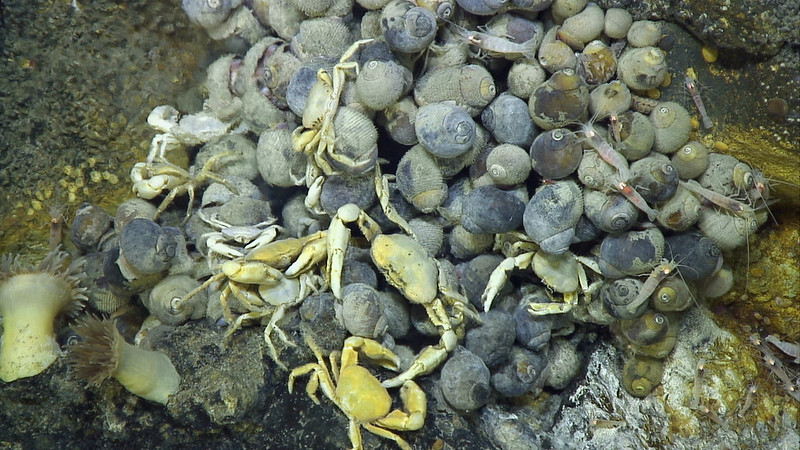
Debunked: Contrary to this myth, the deep ocean is teeming with life. Unique ecosystems, such as hydrothermal vent communities, host a variety of species like giant tube worms, vent crabs, and extremophiles that thrive in harsh conditions.
Myth: Giant Squids are Just Myths
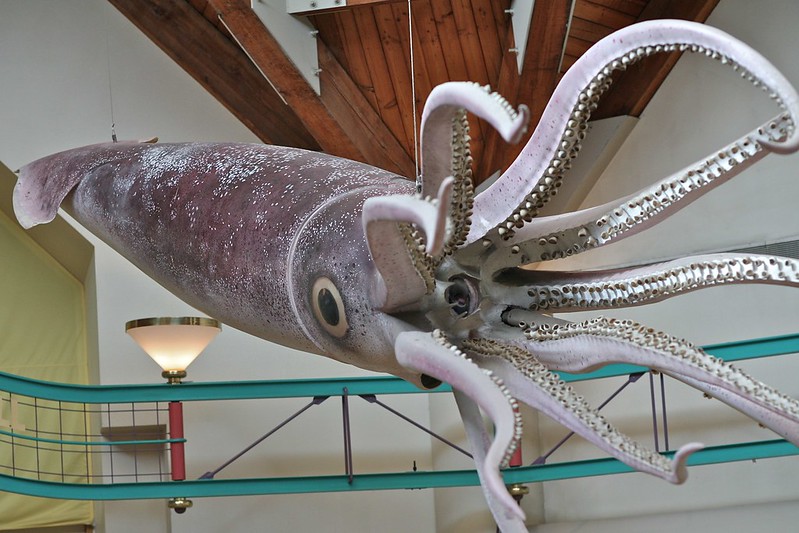
Debunked: Once thought to be mythical sea monsters, giant squids are real. They live at great depths and can grow up to 43 feet long. In 2004, Japanese researchers captured the first images of a live giant squid in its natural habitat, confirming their existence.
Myth: There are Underwater Cities
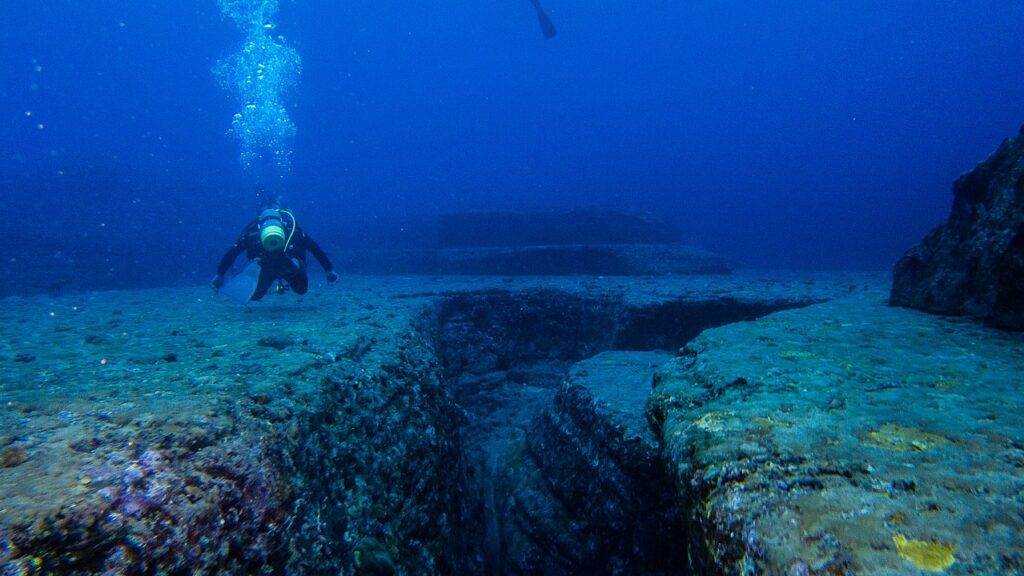
Debunked: Despite legends of Atlantis and other underwater civilizations, no evidence supports the existence of ancient cities beneath the ocean. However, there are fascinating geological formations, like the Yonaguni Monument, which some speculate might have been shaped by human activity, but this remains unproven.
Myth: The Deep Ocean is a Silent World

Debunked: The deep ocean is far from silent. It is filled with sounds, from the calls of whales and dolphins to the clicks of crustaceans and the rumble of underwater volcanoes. These noises create a complex and dynamic acoustic environment.
Myth: The Ocean is Uniformly Cold
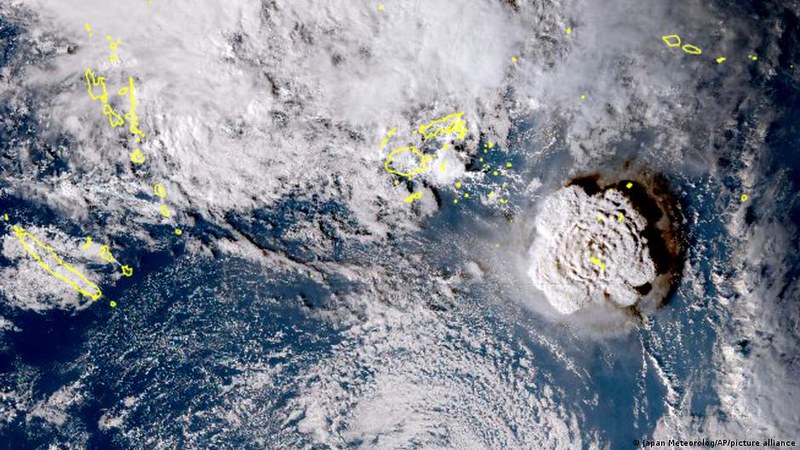
Debunked: While deep ocean temperatures are generally low, hydrothermal vents and undersea volcanoes can create localized areas of intense heat. These thermal anomalies can support unique ecosystems adapted to extreme temperatures.
Myth: The Ocean Floor is Flat and Barren
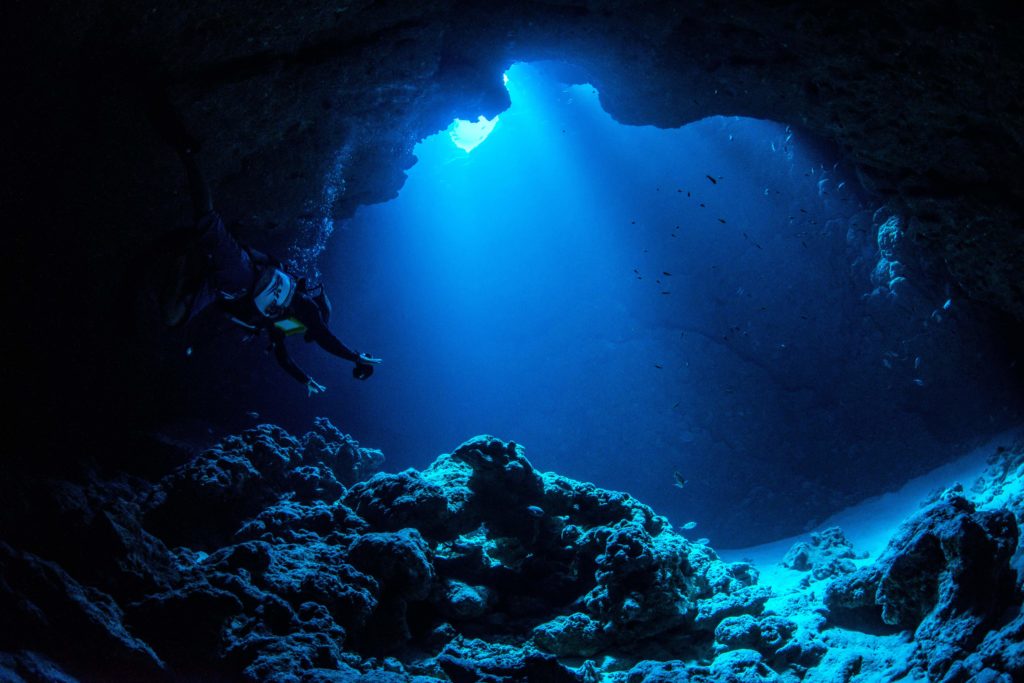
Debunked: The ocean floor is diverse and dynamic, featuring underwater mountains, valleys, trenches, and plains. The Mariana Trench, for example, is the deepest point on Earth, reaching nearly 36,000 feet below sea level.
Myth: Sunken Ships Always Rest on the Ocean Floor

Debunked: Not all sunken ships reach the ocean floor. Some get lodged on underwater mountains or cliffs, while others are scattered by ocean currents. For instance, the Titanic lies in two main pieces, surrounded by a debris field spanning miles.
Myth: The Ocean Has Been Fully Explored
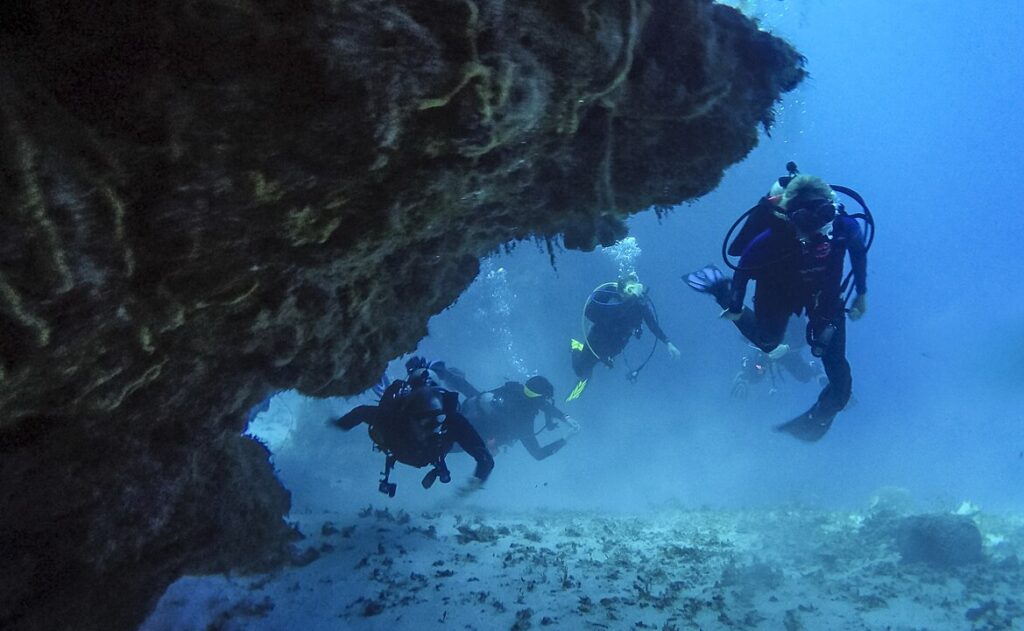
Debunked: Despite advances in technology, more than 80% of the ocean remains unexplored. The deep ocean, in particular, is still a frontier with many unknowns, awaiting further exploration and discovery.
Myth: Deep-Sea Creatures are Monstrous
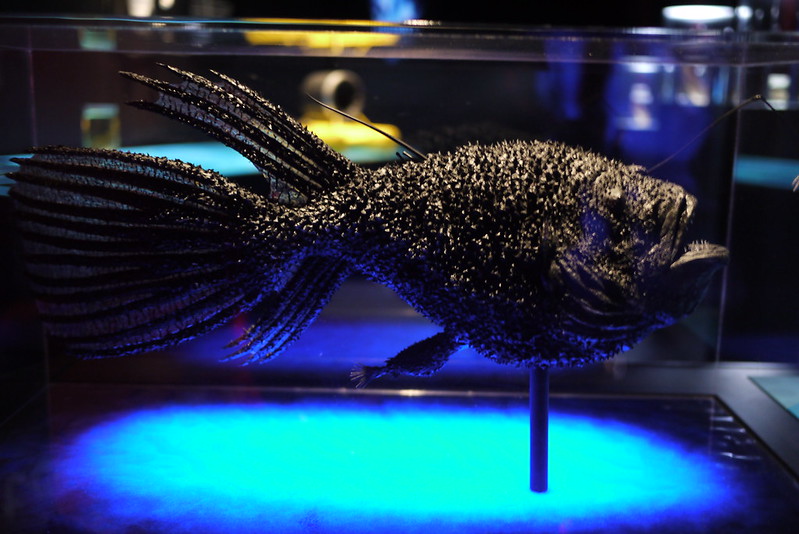
Debunked: While some deep-sea creatures have unusual appearances, most are not monstrous. Many have evolved unique adaptations to survive, such as the anglerfish’s bioluminescent lure, which helps it attract prey in the dark.
Myth: The Deep Ocean is Immune to Human Impact

Debunked: Human activities, including pollution, deep-sea mining, and overfishing, affect the deep ocean. Microplastics have been found in the deepest ocean trenches, and species like the orange roughy are at risk due to deep-sea fishing.
Myth: No Plants Live in the Deep Ocean
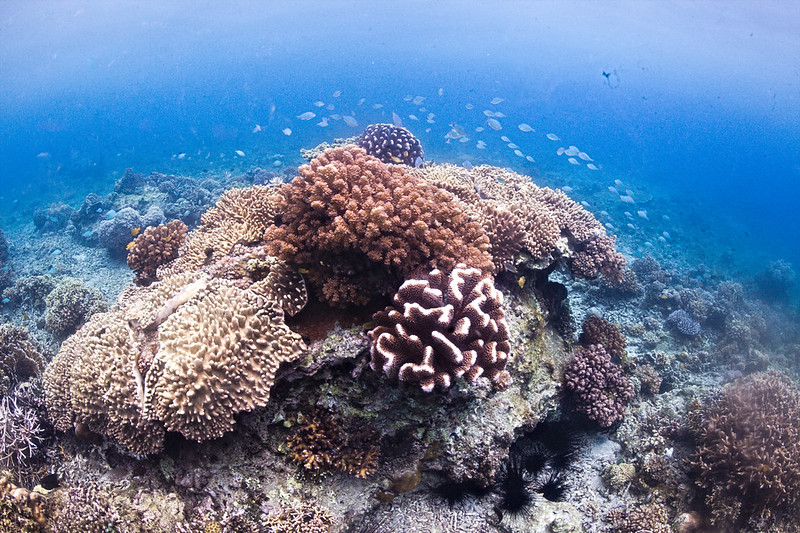
Debunked: While traditional plants requiring sunlight do not exist in the deep ocean, chemosynthetic bacteria thrive near hydrothermal vents. These organisms convert chemicals from the Earth’s crust into energy, forming the base of a unique deep-sea food web.
Myth: There are No Currents in the Deep Ocean
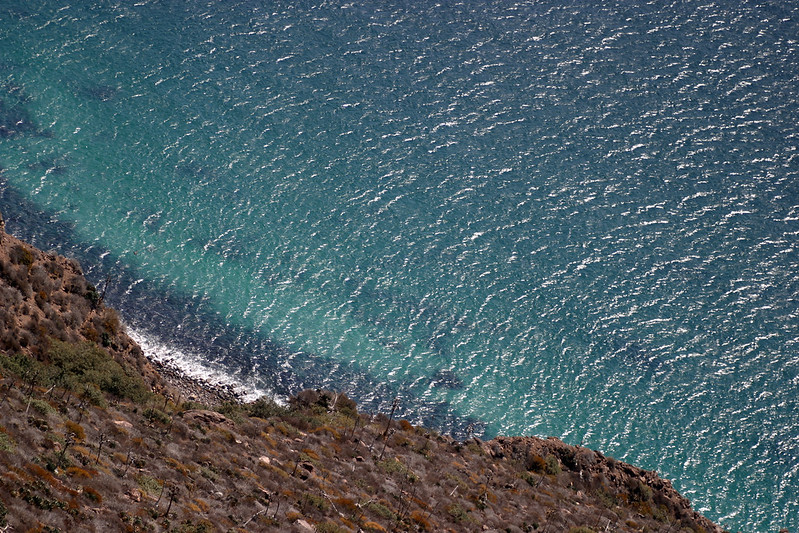
Debunked: The deep ocean has complex current systems, including the global thermohaline circulation, which drives nutrient and temperature distribution. These deep currents play a crucial role in regulating the Earth’s climate.
Myth: Deep-Sea Exploration is Too Dangerous
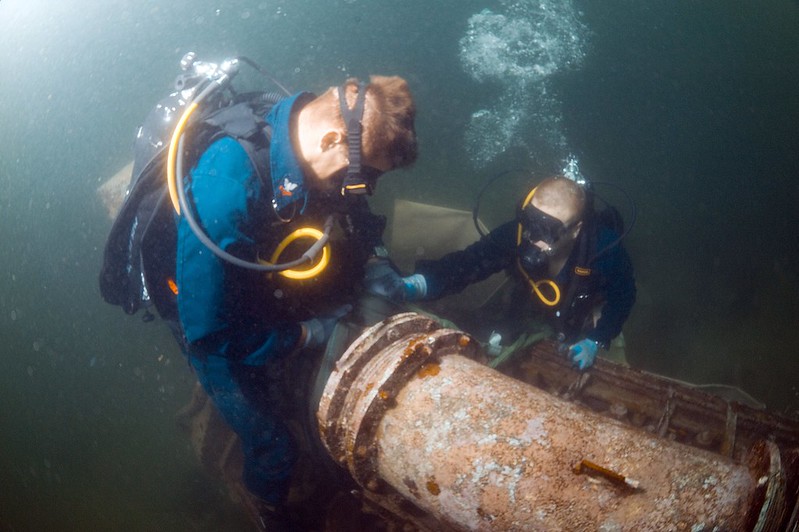
Debunked: While challenging, deep-sea exploration is not prohibitively dangerous. Advances in submersible technology and remotely operated vehicles (ROVs) have made it safer to study the deep ocean, allowing scientists to reach depths previously unattainable.
Myth: The Deep Ocean is Stagnant
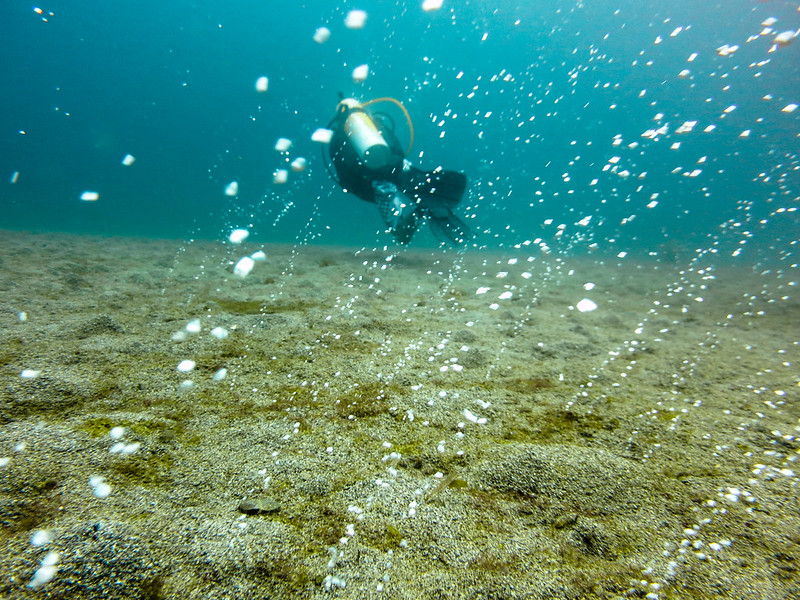
Debunked: The deep ocean is dynamic, with water constantly circulating due to thermohaline currents and underwater volcanic activity. This movement is essential for nutrient cycling and supporting diverse marine life.
Myth: Megalodon Sharks Still Exist

Debunked: The giant prehistoric Megalodon shark, which lived millions of years ago, is extinct. While the idea of a surviving Megalodon is intriguing, no scientific evidence supports its existence in today’s oceans.
Myth: All Deep-Sea Animals are Blind
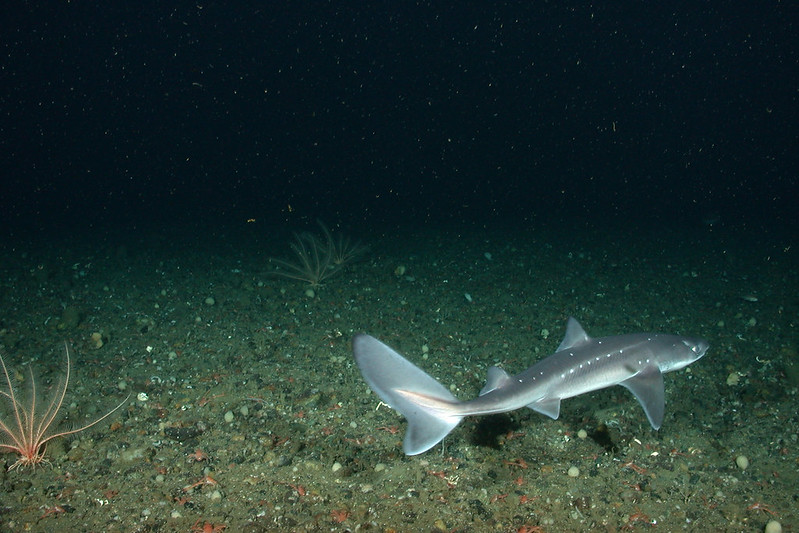
Debunked: Although many deep-sea creatures have evolved to rely less on vision due to darkness, not all are blind. Some species, like certain deep-sea fish, have developed highly sensitive eyes to detect bioluminescence.
Myth: The Deep Ocean is Unchanging

Debunked: The deep ocean is subject to changes, such as shifting tectonic plates, underwater volcanic eruptions, and climate-induced alterations in temperature and chemistry. These changes can impact marine ecosystems and biodiversity.
Myth: The Deep Ocean Has No Role in Climate Regulation
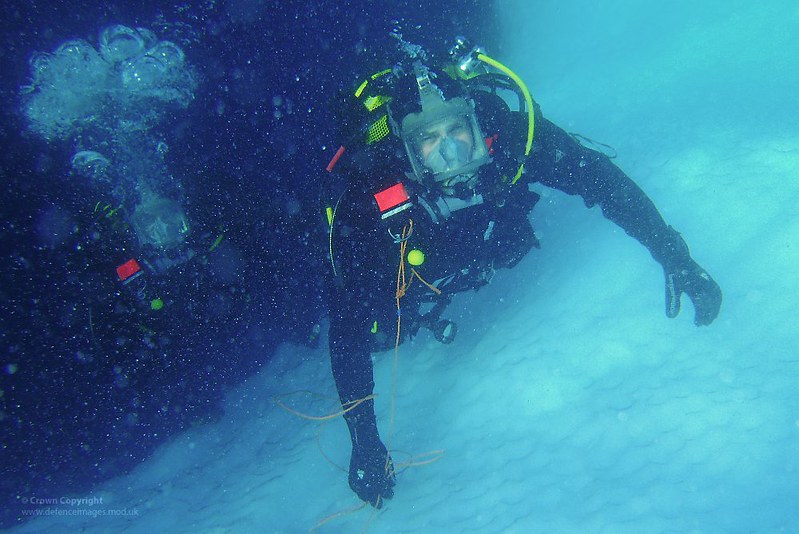
Debunked: The deep ocean plays a vital role in regulating the Earth’s climate by absorbing and storing large amounts of carbon dioxide. It also helps distribute heat globally through its current systems, influencing weather patterns and climate stability.
Myth: The Ocean’s Depths are Inaccessible
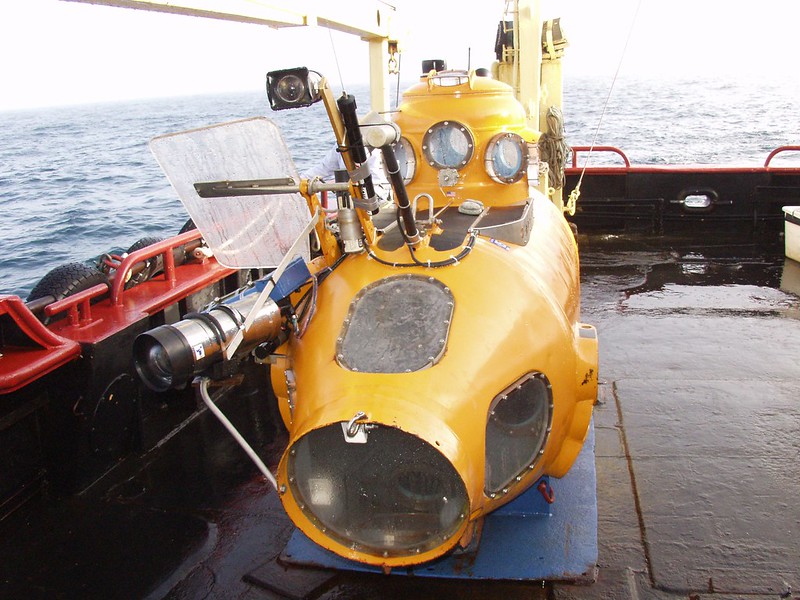
Debunked: Technological advancements have made the deep ocean more accessible than ever. Submersibles like the Alvin and ROVs allow scientists to explore and study the deepest parts of the ocean, revealing new species and geological formations.
Myth: Deep-Sea Fish Cannot Survive at Surface Levels
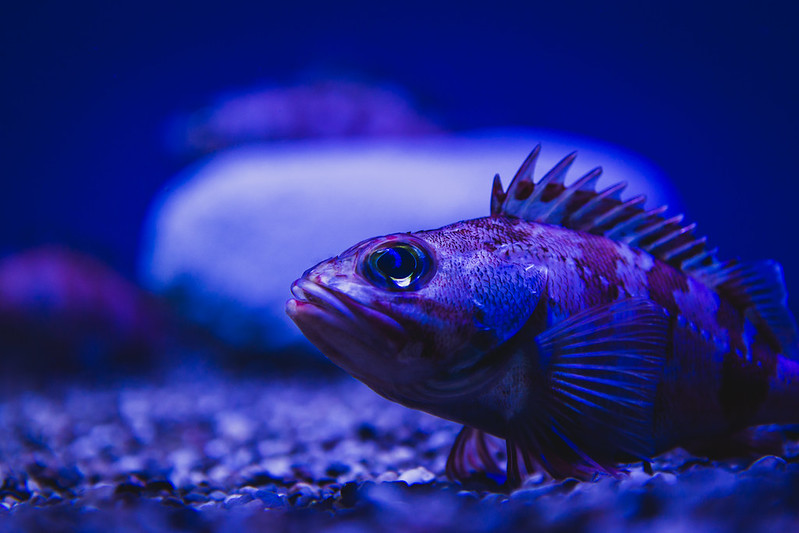
Debunked: While many deep-sea fish are adapted to high-pressure environments, some can survive at surface levels if decompressed gradually. Research facilities often study these species to understand their biology and adaptations better.
This article originally appeared on UnifyCosmos.
More from UnifyCosmos
21 Top Gardening Tools for Green Thumbs

This article highlights 21 essential gardening tools, ranging from classic implements to modern innovations. These tools are indispensable for maintaining the health and aesthetics of diverse garden types. Read more!
15 Affordable Skincare Gadgets Recommended by Experts

This selection of 15 tools combines efficiency with affordability, covering everything from deep cleansing to targeted treatment, ensuring you can maintain optimal skin health without a hefty price tag. Read more!
20 Unique Meditation Techniques from Around the World

In this article, we explore some of the most unique meditation practices from around the world, each providing a window into the rich diversity of human contemplation. Read more!
Leave a Reply